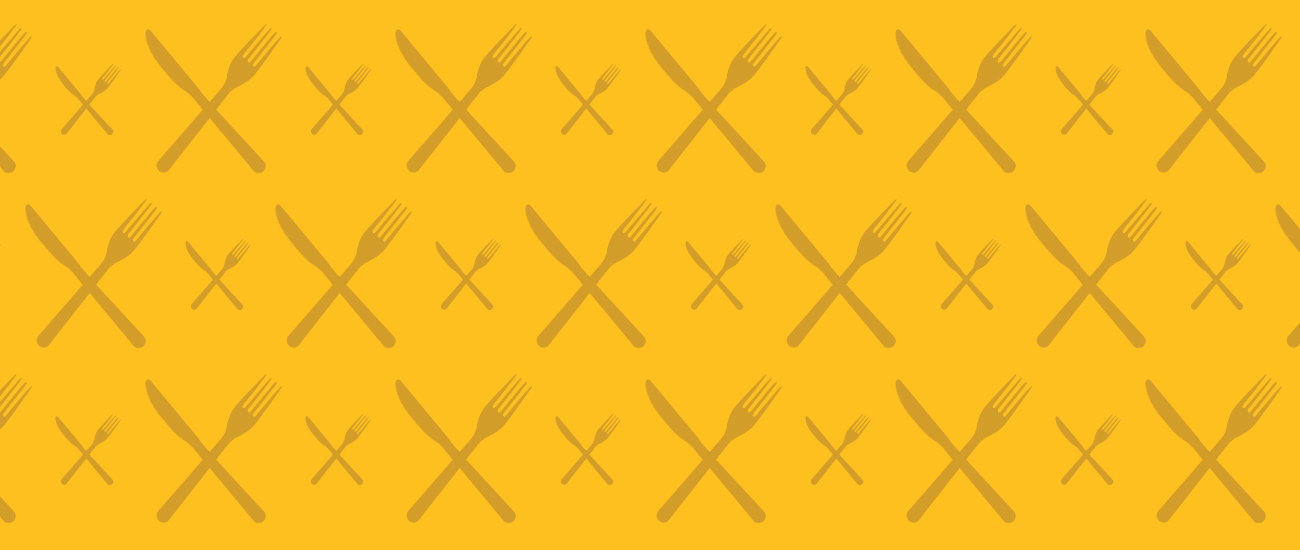
Over the past few years, a slew of food books have appeared on everything from oysters to oranges, Twinkies to beans. Heck, I'm even writing one about grains and bread, which explains my relative absence here recently. But in Tomatoland: How Modern Industrial Agriculture Destroyed Our Most Alluring Fruit, Barry Estabrook takes what might appear to be a narrow subject -- tomatoes, grown in Florida -- and spins it into a much bigger and disturbing tale (or more accurately, indictment).
Barry Estabrook takes what might appear to be a narrow subject -- tomatoes, grown in Florida -- and spins it into a much bigger and disturbing tale (or more accurately, indictment).
You might not know, for example, that these tomatoes are grown in nearly sterile sand devoid of anything resembling soil, thus requiring copious amounts of fertilizers and toxic pesticides; or that these pesticides have been doused on workers, causing pregnant farmworkers to give birth to babies without arms or legs and leading to multimillion-dollar lawsuits. Or that Immokalee, Florida, the heart of the industry, has become ground zero for contemporary cases of slavery.
It might be easy to go overboard and bludgeon this story to death with a heavy handed "J'accuse!" but thankfully Estabrook is too good a writer to fall prey to such tendencies. Instead, he lets the details speak for themselves and they prove devastating. I will not forget the quote he gets out of the US Attorney prosecuting these cases of enslaved tomato pickers, asserting that anyone who has eaten a winter tomato from Florida has eaten fruit picked by a slave. "That's not an assumption," the prosecutor says, "that's a fact."
Estabrook told a version of this tale in the now-shuttered Gourmet magazine, but here he has the room to dig deeper. Some magazine stories when expanded in books look like fabric that has been stretched way too thin, but that's not the case here. There was obviously more digging to do, and amazingly, the stories didn't seem hard to find. They just kept coming because the abuse was so widespread. Estabrook has chosen well, citing, for example, court depositions in which well-meaning tomato company executives, when pressed to explain the pesticide poisoning incidents, tie themselves up in semantic knots.
Thankfully, though, Estabrook doesn't leave us to swear off tomatoes forever and tells how the industry has, with much cajoling, lawsuits, industry pressure, boycotts and highly publicized stories of abuse, finally begun to get its act together. He also spends time with these growers who appear like the eager entrepreneurs they are -- perhaps too eager to be all that concerned about the messy details of their business.
He also presents alternatives, not only in new tastier tomato breeds the industry has sworn off, but in different methods of tomato farming such as organic. Then there are the social improvements in areas like farmworker housing. Of course, the growers will always claim that anything which raises costs will simply push production overseas, or in this case, to Mexico, where it will take another Estabrook to uncover other abuses. But I would imagine that consumers might actually want a U.S. tomato, even from Florida, especially if it wasn't the product of slavery. It might take a Madison Avenue whiz to craft that into a marketing message, however.
If I have a quibble with the book, it's this: the slavery abuses were largely carried out by contractors, who were also immigrants. The behavior was obviously condoned by the tomato companies -- it was too flagrant not to be -- but it wasn't entirely clear what drove these contractors to act this way. Was it simply their twisted version of the American Dream in a community where laws were ignored? Just getting ahead any way they could? Or were they part of a larger criminal enterprise (it appears they were, loosely). It was just a question that lingered.
Now, you might think this isn't the best book to read on your summer vacation, sitting on the beach or in the country thinking about what you're going to eat in the evening. But I would beg to differ. The book is a great yarn. I devoured it in all of two days. More importantly, it will make you think about all the choices we make in how we produce the food we eat. And you'll never think of a tomato as "just a tomato" again.
- Samuel Fromartz





















 Barry Estabrook takes what might appear to be a narrow subject -- tomatoes, grown in Florida -- and spins it into a much bigger and disturbing tale (or more accurately, indictment).
Barry Estabrook takes what might appear to be a narrow subject -- tomatoes, grown in Florida -- and spins it into a much bigger and disturbing tale (or more accurately, indictment).